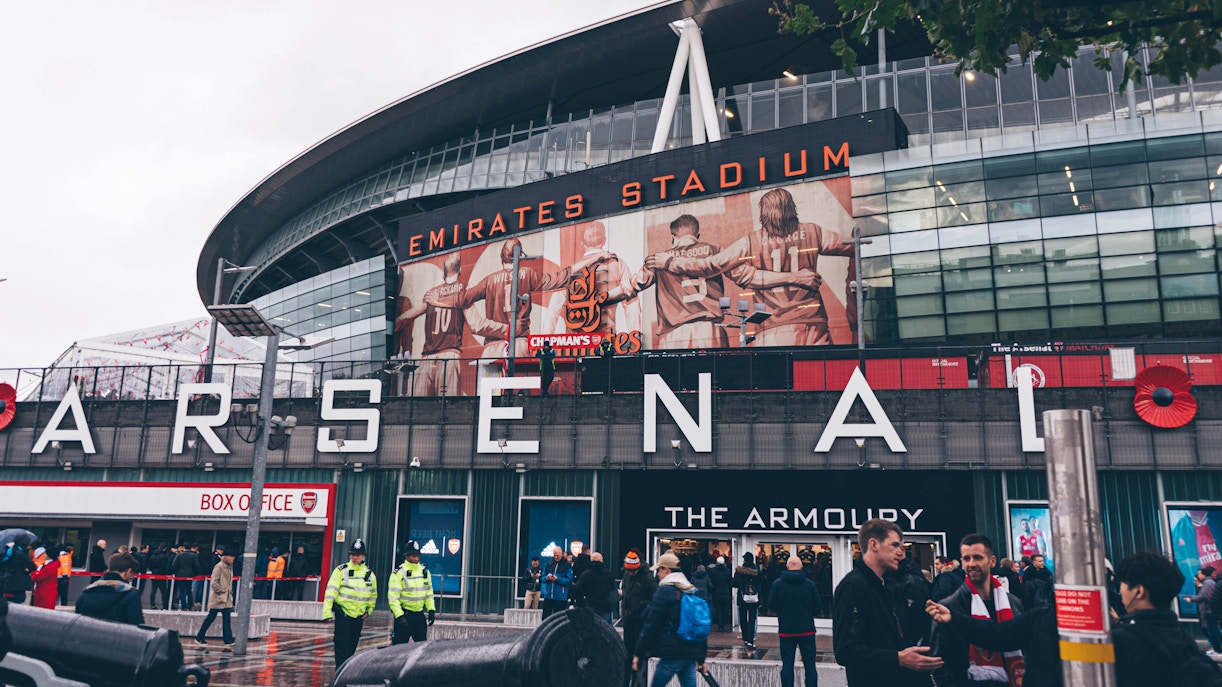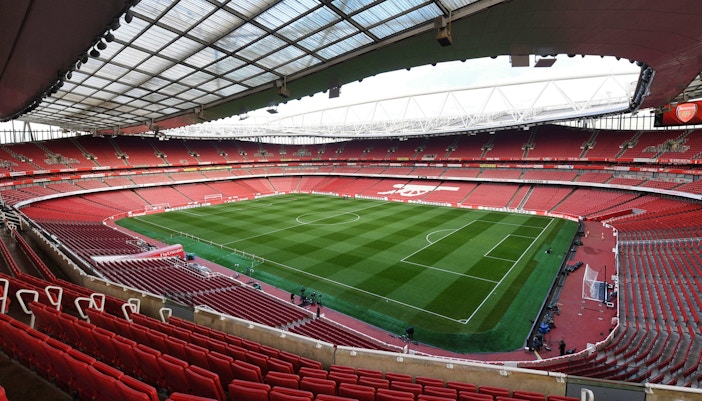- Official Name: Arsenal Football Club Stadium- Emirates Stadium
- Address: Hornsey Rd, London N7 7AJ, United Kingdom
- Date of opening: July 22, 2006
- Timings: 9:30am to 5pm (Monday to Saturday) and 10am to 4pm (Sunday)
- Architect: Christopher Lee of Populous
- Architectural Style: Modern, Contemporary
- Capacity: Over 60,000
- Function: Football Stadium



























